











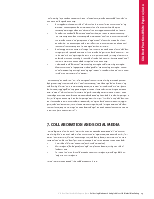
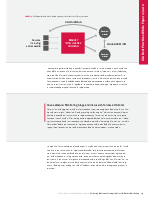


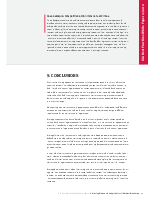
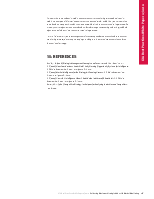
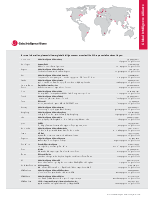
This White Paper presents market monitoring as the very bedrock for the entire Market Intelligence process, but further divides it into two: Market Monitoring System (MAMOS) and Early Warning and Opportunity System (EWOS).
The former specifically helps companies in implementing a strategy (most currently existing market monitoring processes in companies worldwide are of this type), while the latter is designed to support the formulation of strategy in particular.
 |
A clear distinction needs to be made about whether the information delivered by market monitoring is supposed to help the company in implementing a strategy or whether it is supposed to help it in formulating a strategy.
This White Paper presents market monitoring as the very bedrock for the entire Market Intelligence process, but further divides it into two: Market Monitoring System (MAMOS) and Early Warning and Opportunity System (EWOS). The former specifically helps companies in implementing a strategy (most currently existing market monitoring processes in companies worldwide are of this type), while the latter is designed to support the formulation of strategy in particular.
Collaboration tools and social media enhance the market monitoring process not only because public social media are one type of information source that can be monitored, but also because an important part of the content and context is created at the receiving end of the market signals.
EXECUTIVE SUMMARY 1
TABLE OF CONTENTS 2
1 INTRODUCTION3

4 FUTURE ORIENTATION AND THE TIMING OF ACTIONS 5 5 THE BIG PICTURE OF THE MARKET MONITORING PROCESS 7
6 CONTENT AND CONTEXT 11 7 COLLABORATION AND SOCIAL MEDIA 13
8 EARLY WARNING AND OPPORTUNITY SYSTEM 15
9 CONCLUSIONS 17
10 REFERENCES 18
This white paper explores how market monitoring can be made more impactful and how a market monitoring process can be set up so that it effectively supports the formulation and implementation of strategy. Many times market monitoring is perceived as little more than tracking online publications. However, a well-organized and properly set up market monitoring process can do much more than that to support strategy work. A good market monitoring process is inherently forward-looking and can spot both threats and opportunities in the marketplace. In order to have an impact, the content delivered by the monitoring process has to be concise yet insightful. The process itself must adapt to the working practices and processes of the company. Furthermore, collaboration between end-users of market intelligence enhances the value of market monitoring even more.
Market monitoring means a systematic and continuous process to collect, analyze, and disseminate knowledge about the external business environment. The business environment should be understood in the broadest possible sense, comprising such stakeholders as customers, competitors, distributors, suppliers, technology partners and developers, regulators and policy makers, as well as the macroeconomic environment.
The theoretical foundation of market monitoring rests firmly in the management literature. In his seminal book “Competitive Strategy”, first published in 1980, Michael Porter writes about the need for a systematic mechanism to collect, analyze, and disseminate business-critical information about competitors and the market in general. The information is needed to properly understand developments in the marketplace so that good strategic and tactical decisions can be made to outperform the competition.
![]() Although the fundamental ideas of market monitoring are
still very much valid, the world has also changed in many respects. The sheer
amount of data available continues to grow rapidly. At the same time, advances
in information technology have made it easier to search and filter data and to
automate many of these tasks. As much as things can be automated and new
technology can increase our productivity, the market intelligence process can
never be fully automated. There will always be a need for human work in
delivering good market intelligence.
Although the fundamental ideas of market monitoring are
still very much valid, the world has also changed in many respects. The sheer
amount of data available continues to grow rapidly. At the same time, advances
in information technology have made it easier to search and filter data and to
automate many of these tasks. As much as things can be automated and new
technology can increase our productivity, the market intelligence process can
never be fully automated. There will always be a need for human work in
delivering good market intelligence.
Уважаемый посетитель!
Чтобы распечатать файл, скачайте его (в формате Word).
Ссылка на скачивание - внизу страницы.